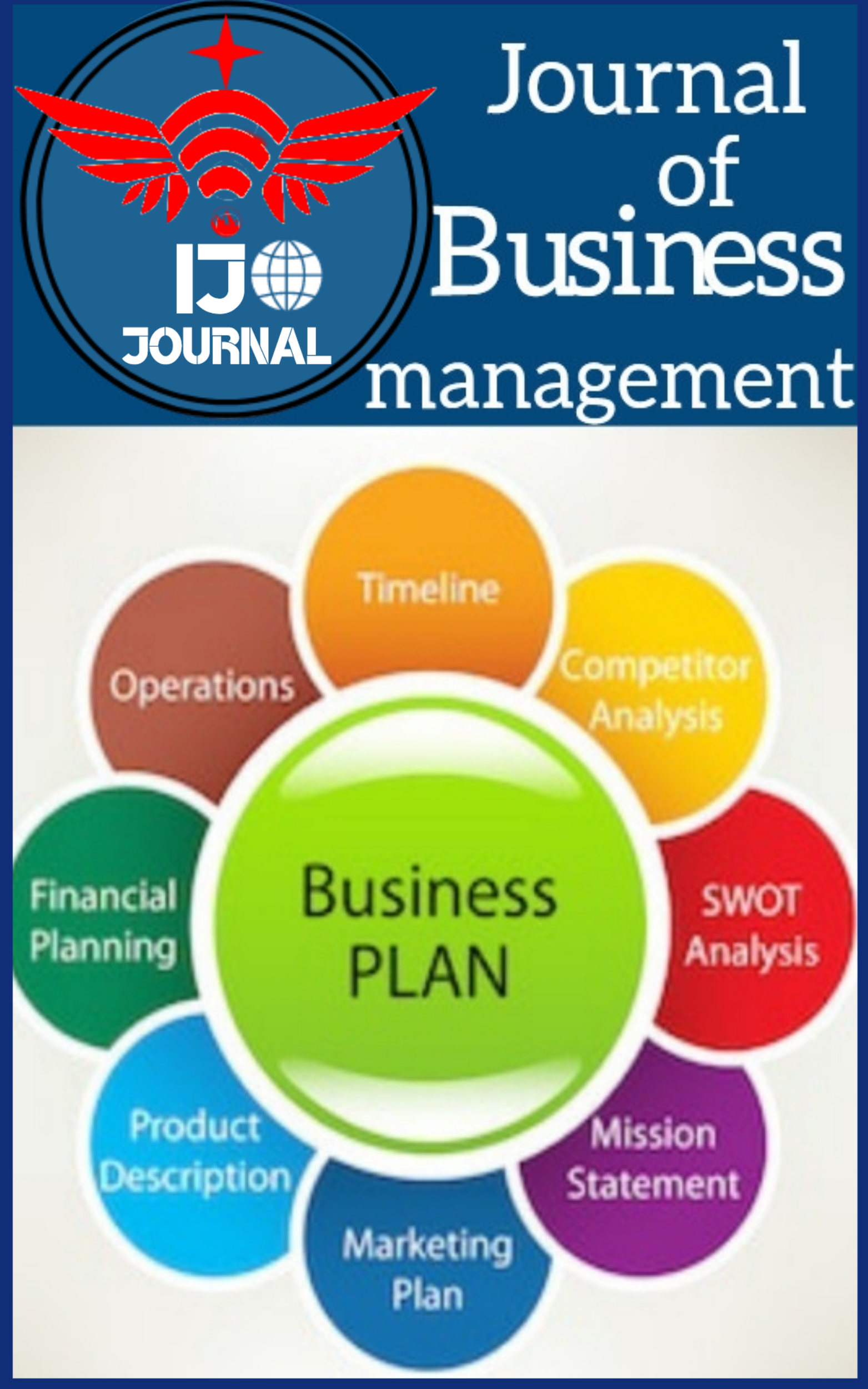Unveiling Financial Insights: Exploring the Dynamics of DCCB, Mahabubnagar
Abstract
Purpose:This research aims to analyse the financial performance of District Cooperative Central Bank Ltd., Mahabubnagar (hereafter referred to as 'the DCCB') from 2018-19 to 2022-23. Utilizing CAMELS ratios, the study explores the relationships between key financial indicators and the dependent variable, Return on Assets (ROA). Employing Bivariate Correlation and Ordinary Least Squares (OLS) analysis, the objective is to provide insights into the impact of various financial measures on the DCCB's overall performance.
Methodology:This study adopts a quantitative and observational approach, systematically examining financial data through a correlational research design. Secondary data from official records and regulatory publications of the DCCB, Mahabubnagar, covering the period 2018-19 to 2022-23, is analyzed using Bivariate Correlation to assess linear relationships. Additionally, Ordinary Least Squares (OLS) regression analysis is applied to quantify the effect of independent variables on Return on Assets (ROA).
Findings:The study reveals significant correlations within the financial dynamics of the DCCB, emphasizing a robust positive association (r = 0.994, p < 0.01) between Return on Assets (ROA) and Earnings/Profitability, highlighting the direct impact of efficient asset utilization on heightened profitability. Additionally, a positive correlation (r = 0.567, p < 0.05) between ROA and Asset Quality underscores the pivotal role of sound asset management in positively influencing the bank's overall profitability. Nevertheless, the delicate equilibrium required between financial stability and optimizing returns is evident, as indicated by the adverse effects of Higher Asset Quality (-0.28365) and Solvency (-0.18556) on ROA, highlighting nuanced challenges faced by the DCCB, Mahabubnagar.
Conclusion:The study establishes a strong positive link between Return on Assets (ROA) and Earning Capability, highlighting the direct impact of efficient asset utilization on increased profitability. A robust Earning Capability emerges as a critical factor for long-term sustainability. The delicate balance required between higher Asset Quality and Solvency is emphasized, revealing the intricate challenges faced by the DCCB. The positive correlation observed between ROA and Asset Quality underscores the pivotal role of sound asset management in influencing the overall profitability of the DCCB. In summary, the study concludes that a well-managed bank, optimizing capital utilization, positively influences Earning Capability, fostering a correlation with Return on Assets (ROA). However, maintaining a delicate balance between financial stability and growth potential is crucial for upholding investor confidence and ensuring sustained stock performance.Top of Form
References
2. Chander, R., & Chandel, J. K. (2011). Financial Viability of Tier-II Cooperative Credit Institutions–A Study of District Central Cooperative Banks in India. Indian Journal of Finance, 5(7). Retrieved from [provide complete URL]
3. Chander, R., & Chandel, J. K. (2012). A Comparative Evaluation of Financial Performance of District Central Co-Operative Banks in Haryana (India). The Journal of Indian Management & Strategy, 17(1), 4-18. ISSN: 0973-9343.
4. Chander, R., & Chandel, J. K. (2010). Financial Viability of an Apex Cooperative Credit Institution – A Case Study of the HARCO Bank. Asia-Pacific Journal of Management Research and Innovation, 6(2), 61-70. DOI:10.1177/097324701000600206
5. Chaudhari, V. M., & Farmer, M. (2022). An Empirical Study Of Structure And Performance Of State Co-Operative Agriculture And Rural Development Banks And Affiliated Primary Cooperative Agriculture And Rural Development Banks In India, Vol – 33(1). DOI: https://doi.org/10.56572/gjoee.2022.33.1.0010
6. Kalakkar, S. (2012, August 1). Key Factors in Determining the Financial Performance of the Indian Banking Sector. SSRN. https://ssrn.com/abstract=2121351 or http://dx.doi.org/10.2139/ssrn.2121351
7. Kumar, K., &Agdayamawar. (2018). Comparative Study of Growth Of District Central Cooperative Banks In Haryana. Zenith International Journal of Multidisciplinary Research, 8(7), 34-48. ISSN: 2231-5780.
8. Mohmad, K. M., & Babu, G. R. (2018). Performance Evaluation of Karimnagar and Warangal District Cooperative Central Banks in Telangana - A Case Study. International Journal of Research, 05(15), May 2018.
9. Rout, K., Swain, P., & Dash, M. (2019, December). Predictive Analytics in Harnessing Financial Efficacy of Banks Using Camel Model. International Journal of Management (IJM), 10(6), 177–190. SSRN. https://ssrn.com/abstract=3523670
10. Waraich, S., & Dhawan, A. (2016). Camel Model Analysis of District Central Cooperative Banks (DCCBs) in Punjab: A Case Study of The Jalandhar Central Cooperative Bank Ltd. International Journal of Science, Technology & Management, 02(12), December 2013.
***
Copyright (c) 2024 IJO -International Journal of Business Management ( ISSN 2811-2504 )

This work is licensed under a Creative Commons Attribution-NonCommercial-NoDerivatives 4.0 International License.
Author(s) and co-author(s) jointly and severally represent and warrant that the Article is original with the author(s) and does not infringe any copyright or violate any other right of any third parties and that the Article has not been published elsewhere. Author(s) agree to the terms that the IJO Journal will have the full right to remove the published article on any misconduct found in the published article.

